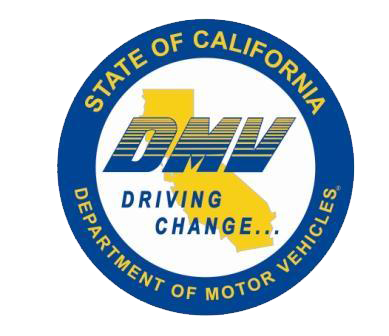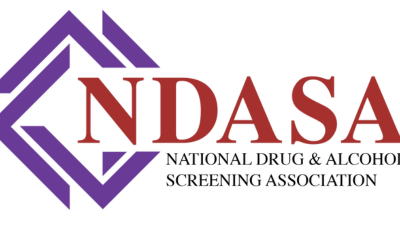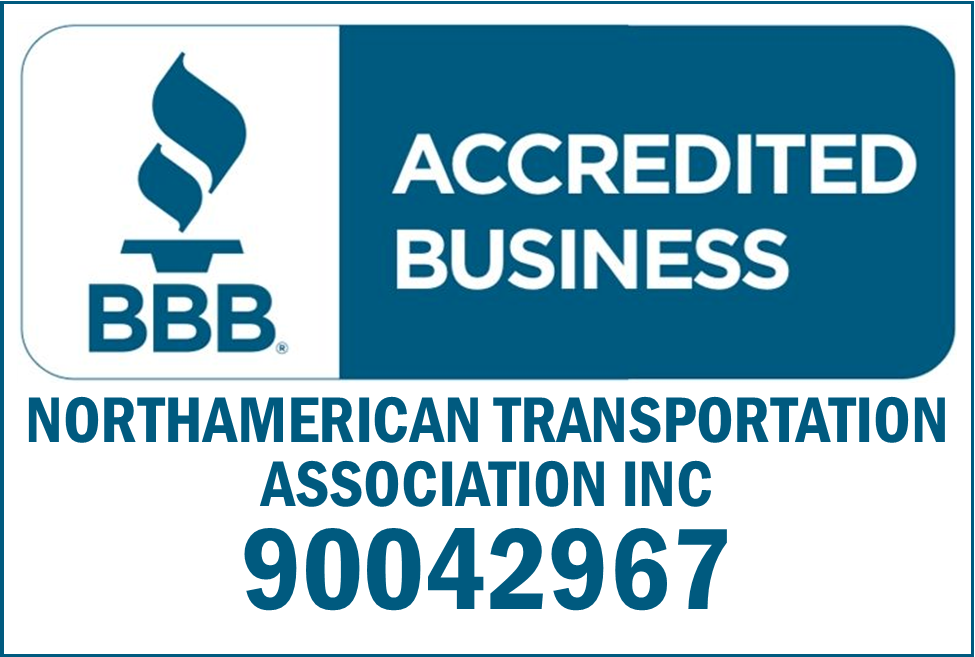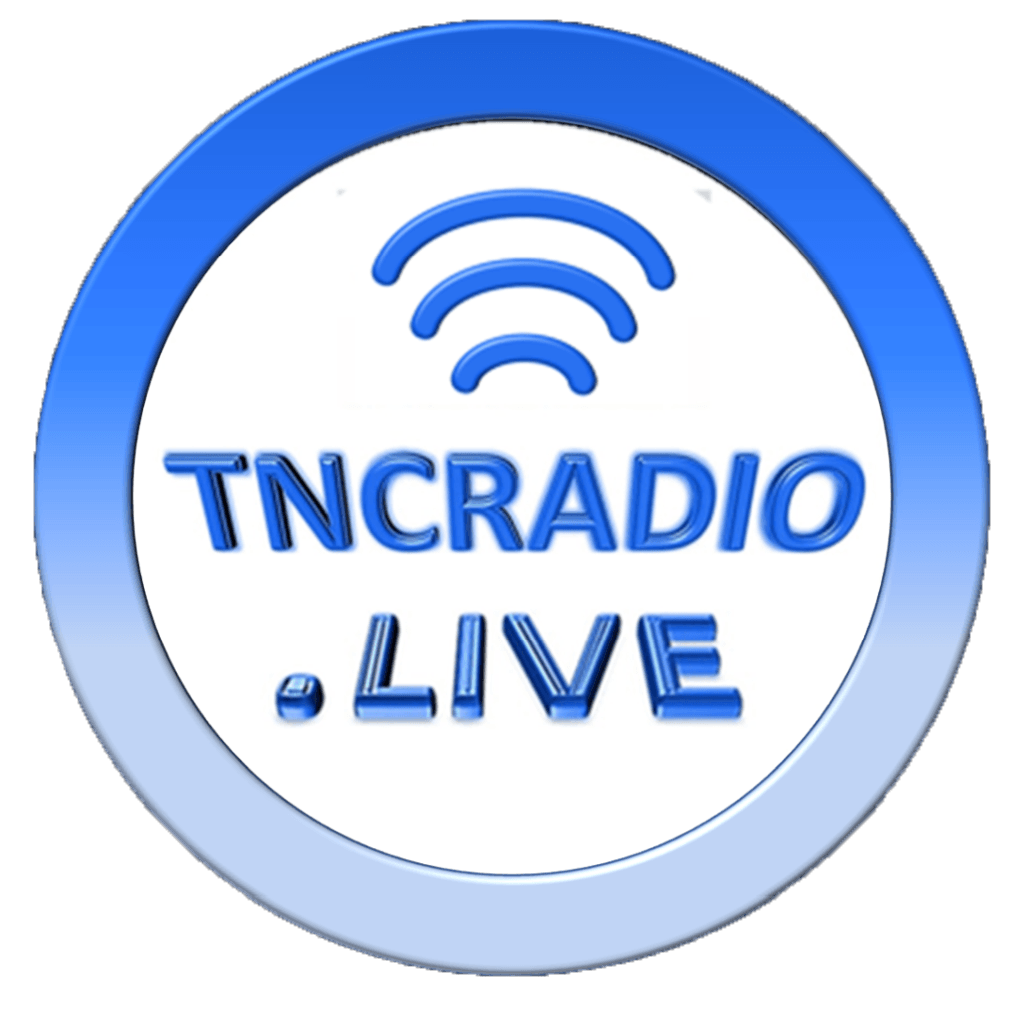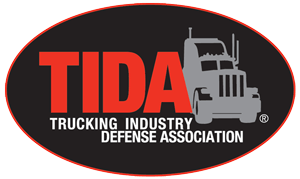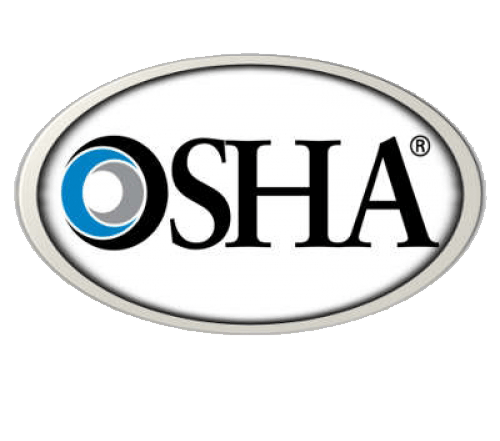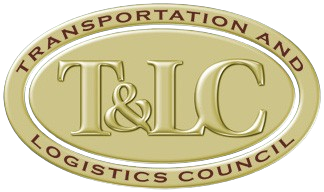Drug and Alcohol Update from the FMCSA Clearinghouse
What is the timeframe in which an employer must submit a report of an employee’s drug and alcohol program violation to the Clearinghouse?
Employers are required to report a drug and alcohol program violation by the close of the third business day following the date on which the employer obtained the information.
What violation and return-to-duty (RTD) information must employers report to the Clearinghouse?
Per § 382.705(b), employers must report the following information to the Clearinghouse:
- An alcohol confirmation test result with an alcohol concentration of 0.04 or greater;
- A CDL driver’s refusal to submit to a Department of Transportation (DOT) test for drug or alcohol use;
- Actual knowledge, as defined in § 382.107;
- The negative RTD test results;
- The date the driver successfully completed all follow-up tests as ordered by the substance abuse professional (S
The FMCSA regulation (49 CFR part 382) requires that you conduct alcohol testing on drivers performing safety-sensitive functions consistent with the provisions set forth in 49 CFR part 40. The initial sample must be collected through the use of a saliva device, a nonevidential breath test device [alcohol screening device (ASD)], or an evidential breath testing device (EBT) that is approved by the National Highway Traffic Safety Administration (NHTSA). All screening tests must be performed by a trained breath alcohol technician (BAT). Saliva and nonevidential breath testing must only be performed by a trained screening test technician (STT).
The confirmation sample must be conducted within 30 minutes of the completion of the screening test. The confirmation test must use an EBT that is approved by NHTSA. The test must be performed by a trained BAT.
The FMCSA regulation prohibits you from allowing a driver with an alcohol concentration of 0.04 or greater to perform any safety-sensitive functions until he/she has been evaluated by an SAP and has passed a return-to-duty test. A driver with an alcohol concentration of 0.02 or greater, but less than 0.04, must be removed from duty for 24 hours.
If the result of the screening test is an alcohol concentration of 0.02 or greater, a confirmation test must be performed.
The confirmation test must be conducted at least 15 minutes, but not more than 30 minutes, after the completion of the initial test. This delay prevents any accumulation of alcohol in the mouth from leading to an artificially high reading.
Employers that use nonevidential ASDs are responsible for ensuring that an EBT is available for use within 30 minutes of obtaining a test result on the ASD. If an employer cannot ensure that an EBT will be available within the 30-minute time limit, the employer must not use ASDs in an alcohol testing program. The FMCSA will not allow, as a standard practice, employers to violate the 30-minute time limit for getting a confirmation test started. Rare instances may be allowed, at the FMCSA’s discretion, on a case-by-case basis.
Once a screening test indicates an alcohol concentration of 0.02 or greater, however, a confirmation test must be conducted, no matter how long it takes to complete it. As stated above, these instances will be rare.
The BAT will inform the driver of the need to conduct a confirmation test. The driver will be instructed not to eat, drink, or put any object or substance in his/her mouth. The BAT will also instruct the driver not to belch (to the
extent possible) while awaiting the confirmation test. The BAT must inform the driver that the test will be conducted at the end of the waiting period, even if the driver has disregarded the instructions.
Before the confirmation test is administered, the BAT shall conduct an air blank on the EBT. An air blank is a test of ambient air containing no alcohol to ensure that the EBT is properly calibrated. If the reading is greater than 0.00, the BAT shall conduct one more airblank. If the second air-blank reading is greater than 0.00, the EBT must not be used to conduct the test.
The confirmation test is conducted using the same procedures as the EBT screening test. A new mouthpiece must be used if the screening test was conducted on the EBT. If the initial and confirmation test results are not identical, the confirmation test result is deemed to be the final result.
If the result displayed on the EBT is not the same as that on the printed form, the test will be cancelled and the EBT removed from service.
The BAT will sign and date the form. The driver will sign and date the certification statement, which includes a notice that the driver cannot perform safety-sensitive functions or operate a motor vehicle if the results are 0.02 or greater. If the results are 0.04 or greater, the driver must be removed from his/her driving duties and attendant safety-sensitive functions and be evaluated by an SAP. The BAT will attach the alcohol test result printout directly onto the alcohol collection form with tamper-evident tape (unless the results are printed directly on the form).
Content Disclaimer: Due to the constantly changing nature of government regulations, it is impossible to guarantee the total and absolute accuracy of the material contained herein or presented. NorthAmerican Transportation Association (NTA) cannot and does not assume any responsibility for omissions, errors, misprinting or ambiguity contained. NTA shall not be held liable in any degree for any loss, damage or injury caused by any such omission, error, misprinting or ambiguity present. It is made available with the understanding that NTA is not engaged in rendering legal, accounting or other professional service. If legal advice or other expert service is required, the services of such a professional should be sought.



